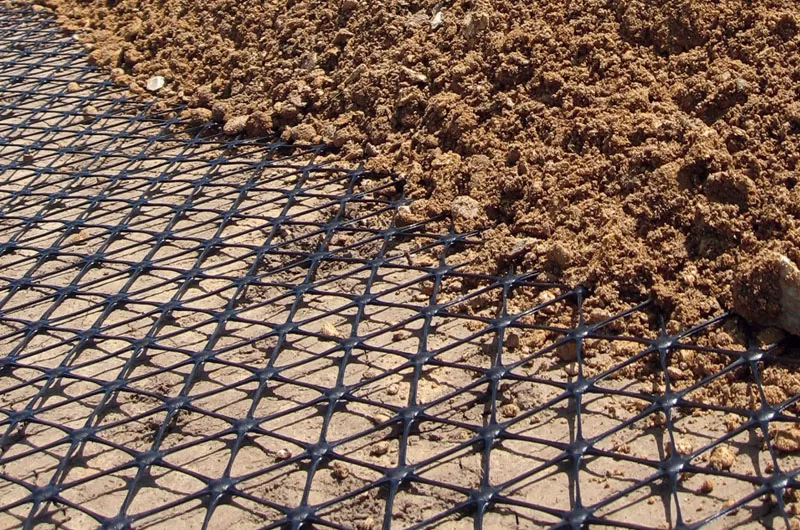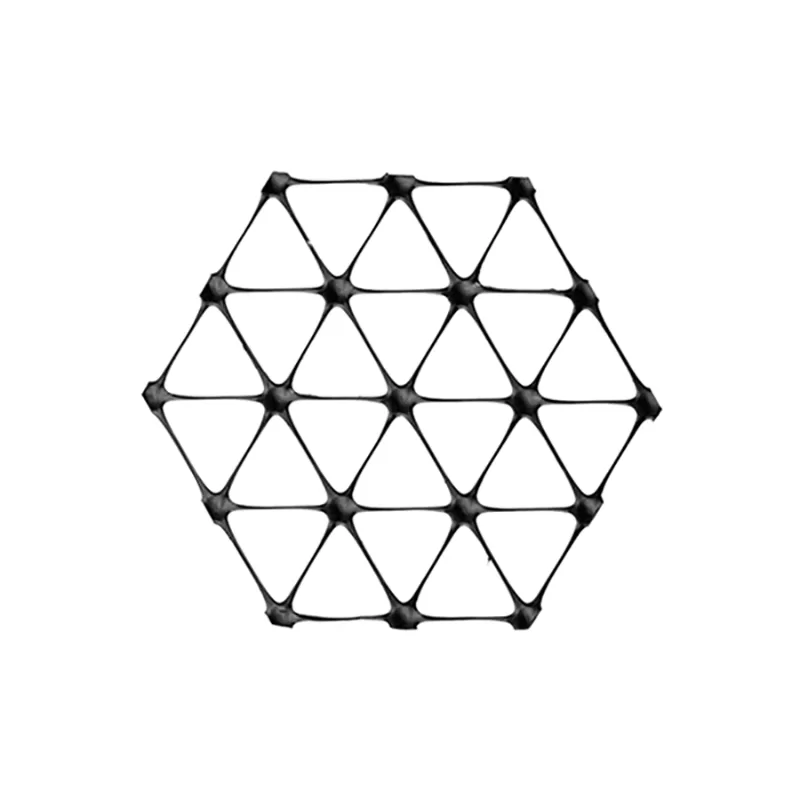+86-159 9860 6917
info@geofantex.com
geofantex@gmail.com
+86-400-8266163-44899
Erosion on sloped driveways can be a persistent problem, leading to safety hazards, property damage, and environmental concerns. Fortunately, there are effective solutions available, with geogrids emerging as a powerful tool in erosion control. In this article, we’ll explore the role of geogrids in preventing erosion on sloped driveways and answer some key questions surrounding their effectiveness.
How do you control erosion on a sloped driveway?
Erosion on sloped driveways can be managed using several methods, but one of the most effective solutions is the installation of geogrids. These synthetic materials, typically made from polymers or fiberglass, reinforce and stabilize the soil by preventing displacement and surface runoff. Combining geogrids with permeable paver systems, such as those offered by GeofanGrid, further enhances driveway stability and erosion resistance. This combination not only reinforces the base but also allows water to pass through, reducing runoff and soil erosion, thus providing long-lasting protection for sloped driveways.

What is the best way to stop erosion on a slope?
The best way to stop erosion on a slope is to use a combination of erosion control techniques, with geogrids playing a crucial role. By installing geogrids beneath the surface layer of soil or gravel on a sloped driveway, you can provide added stability and resistance to erosion, effectively preventing soil displacement and surface runoff. Additionally, incorporating erosion control blankets such as geotextiles can further enhance the effectiveness of the geogrids by providing an extra layer of protection against erosion and promoting vegetation growth for long-term stability.

Do gravel grids work on slopes?
Yes, gravel grids, also known as gravel stabilization grids or gravel retention systems, can be highly effective on slopes when used in conjunction with geogrids. These grids consist of interconnected panels or cells that confine gravel or other aggregate materials, preventing them from shifting or washing away on sloped surfaces. When combined with geogrids, gravel grids offer enhanced erosion control and stability. However, it’s important to consider the specific requirements of your sloped surface, as GeofanGrid is only recommended for use on surfaces with a maximum gradient of 1:5 (20 percent), ensuring optimal performance and durability of the erosion control system.
How can we control erosion in slope areas?
Controlling erosion in slope areas requires a comprehensive approach that addresses the underlying causes of erosion and implements effective erosion control measures. In addition to using geogrids and gravel grids, other erosion control techniques such as planting vegetation, installing retaining walls, and implementing drainage systems can help mitigate erosion and stabilize slopes. Mulch composed of bark, wood chippings, pine needles, or gravel is ideal as erosion control for hardly steep slopes, as it helps to retain moisture, reduce surface runoff, and minimize soil erosion while also providing a natural aesthetic appeal.
Erosion on sloped driveways is a common issue that can lead to significant damage and safety concerns. Geogrids, along with gravel grids and other erosion control techniques, offer effective solutions for preventing erosion and stabilizing slopes. By understanding the role of geogrids and implementing comprehensive erosion control measures, property owners can protect their driveways, enhance safety, and contribute to environmental conservation efforts.



Get Free Sample
We’ll respond as soon as possible(within 12 hours)






















